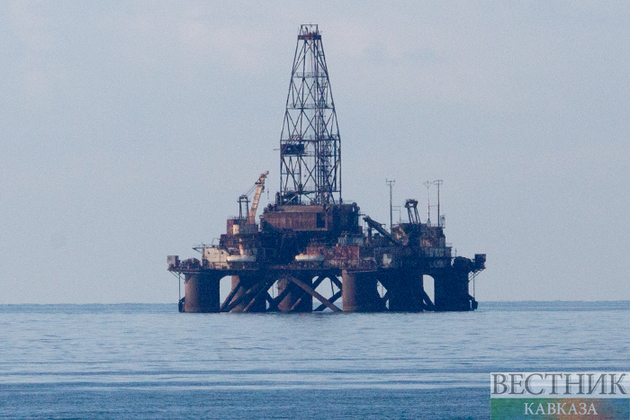A week ago, the U.S. Energy Information Administration cut its crude oil demand outlook for 2023 by 320,000 bpd, with supply also falling, by 300,000. This week, OPEC also revised down its oil demand forecast for next year by 100,000 bpd, citing economic challenges on the global oil scene. It also warned supply might become more problematic.
Oil Price repots that the chief factor behind the demand outlook appears to be the situation with Covid in China. Updates on that situation have pushed oil prices up or down on a daily basis, depending on their content, and are likely to continue doing it next year as well. On the supply side, however, clouds are gathering. The European Union is preparing to implement an oil import embargo on Russian crude oil next month and on fuels two months later.
The G7 is meanwhile putting the finishing touches of a price cap on Russian oil purchases in a bid to achieve two normally irreconcilable goals: keep Russian oil flowing into international markets and reduce the country’s oil revenues. According to OPEC, the EU embargo will create “additional energy-supply disruptions” and contribute to the economic slowdown in the bloc.
At the same time, the G7 price cap is also coming into effect on December 5, like the EU embargo, with a lot of questions around it still without an answer, such as how the cap will be enforced and compliance monitored.
Even without these questions, however, its expected effect on the global oil supply balance may be a little exaggerated. Six of the seven members of the G7 already have bans on the imports of Russian oil in place or are members of the European Union, which means they would be covered by the embargo.
Japan is the one G7 member that has been granted an exemption from the sanction action because it is overwhelmingly dependent on imported energy and Russian oil and gas is, for now, indispensable for its energy security.
The actual idea of the G7 price cap was to get India and China on board with the idea because they are the two countries importing most of Russia’s oil that the West has shunned since February this year. Neither, however, has been sold on the idea, and they will likely continue to buy crude directly from Russia, organizing the insurance and shipping between themselves to avoid breaching the cap scheme.
While the price cap may turn out to be a smaller challenge to global oil supply than expected, it would certainly contribute to oil market uncertainties. For some, these uncertainties are so significant that they are betting that oil could reach $200 per barrel.
An option to buy Brent crude for $200 per barrel in March 2023 at one point last week became the most traded contract on the market, signaling that despite concern about Chinese demand, expectations of tighter supply were still going strong. In fact, according to Bloomberg data cited by Barron’s, options traders have become more aggressive than usual, with the ratio between bullish and bearish bets on crude at the widest ever recorded.
According to analysts, the EU oil embargo and the G7 price cap on Russian crude could reduce global supply by about a million barrels daily from December. That would come on top of the OPEC+ output reduction of the same size and slowing growth in U.S. shale production.
In this context, prices do indeed have a strong upward potential. Still, downward pressure remains considerable as well, both from China’s Covid situation and from the very fact that the higher the price of oil goes, the closer demand destruction creeps, however inelastic demand for the most traded commodity in the world happens to be.






